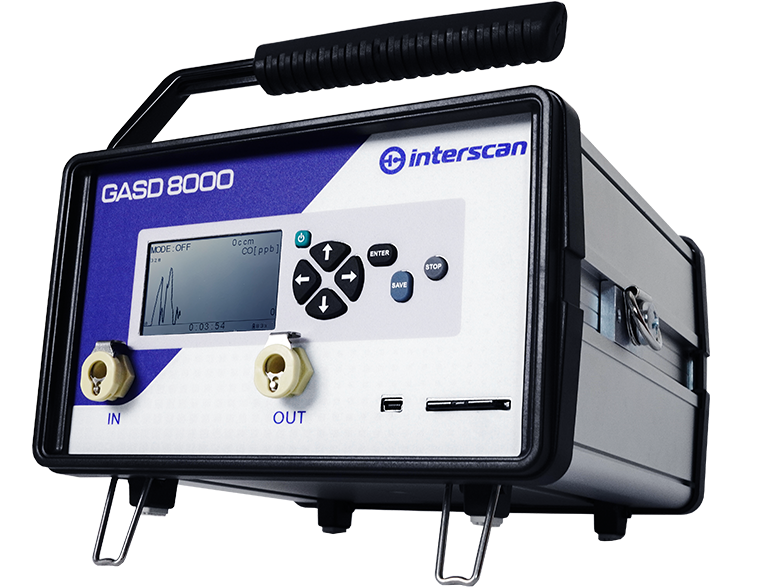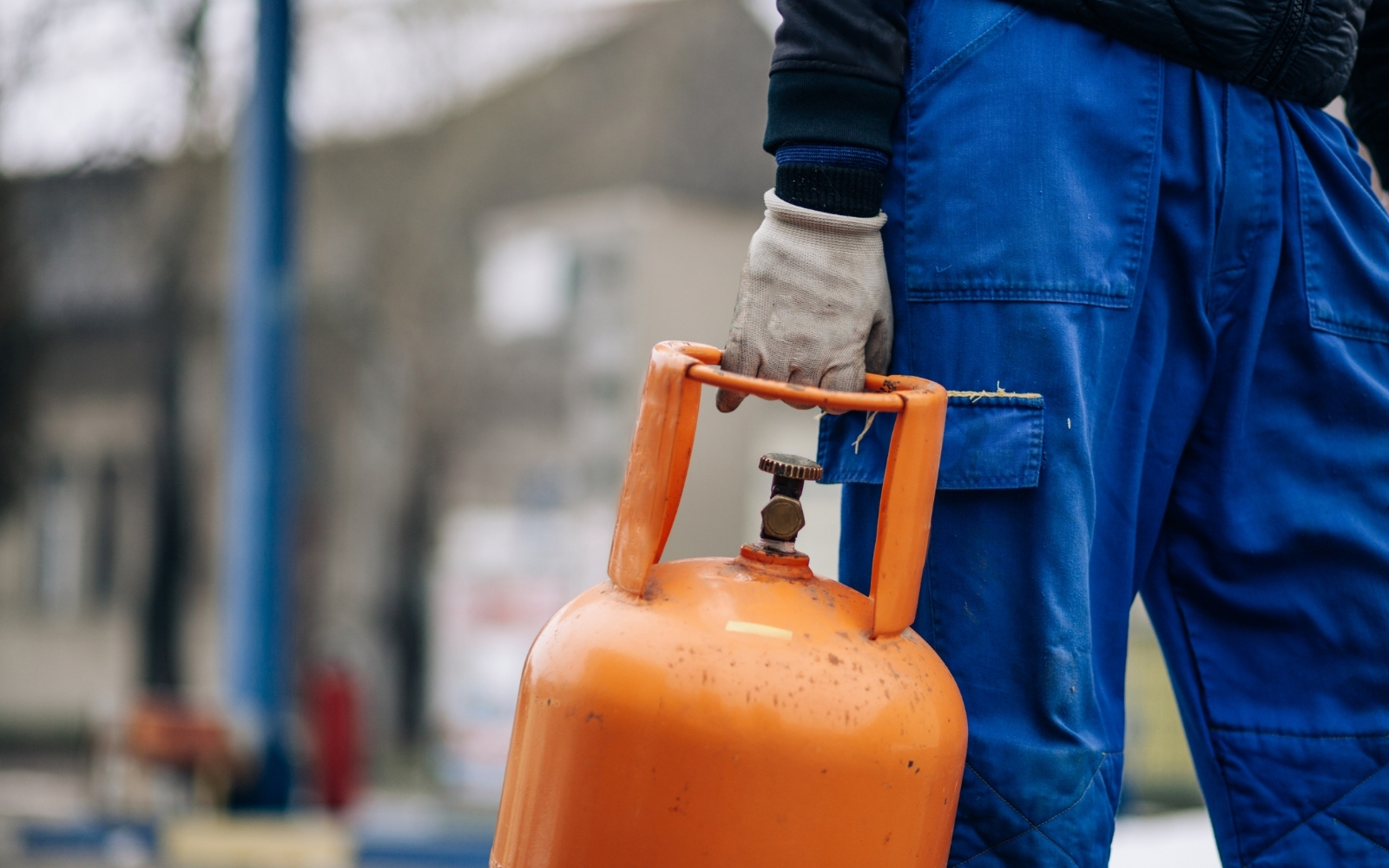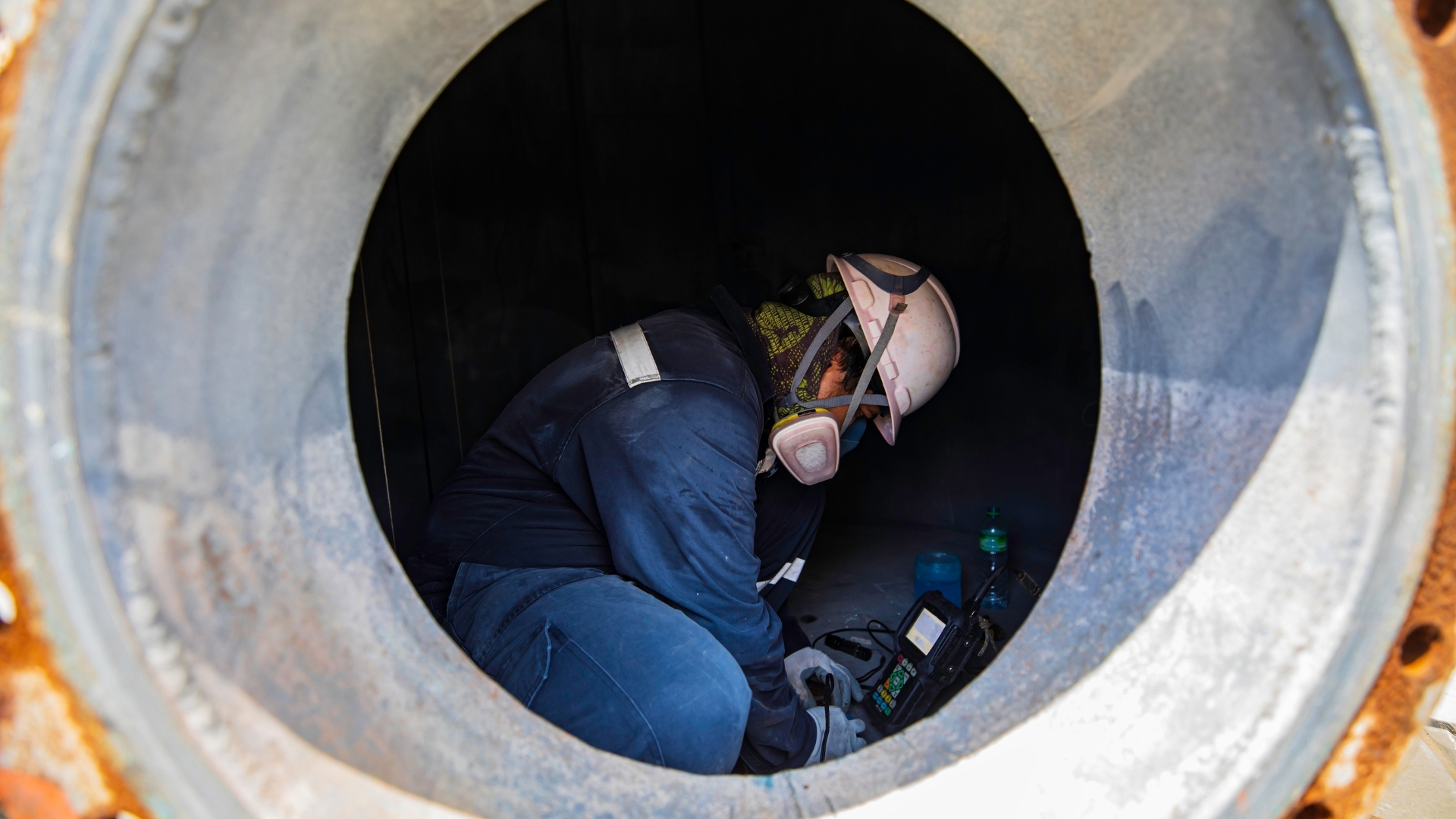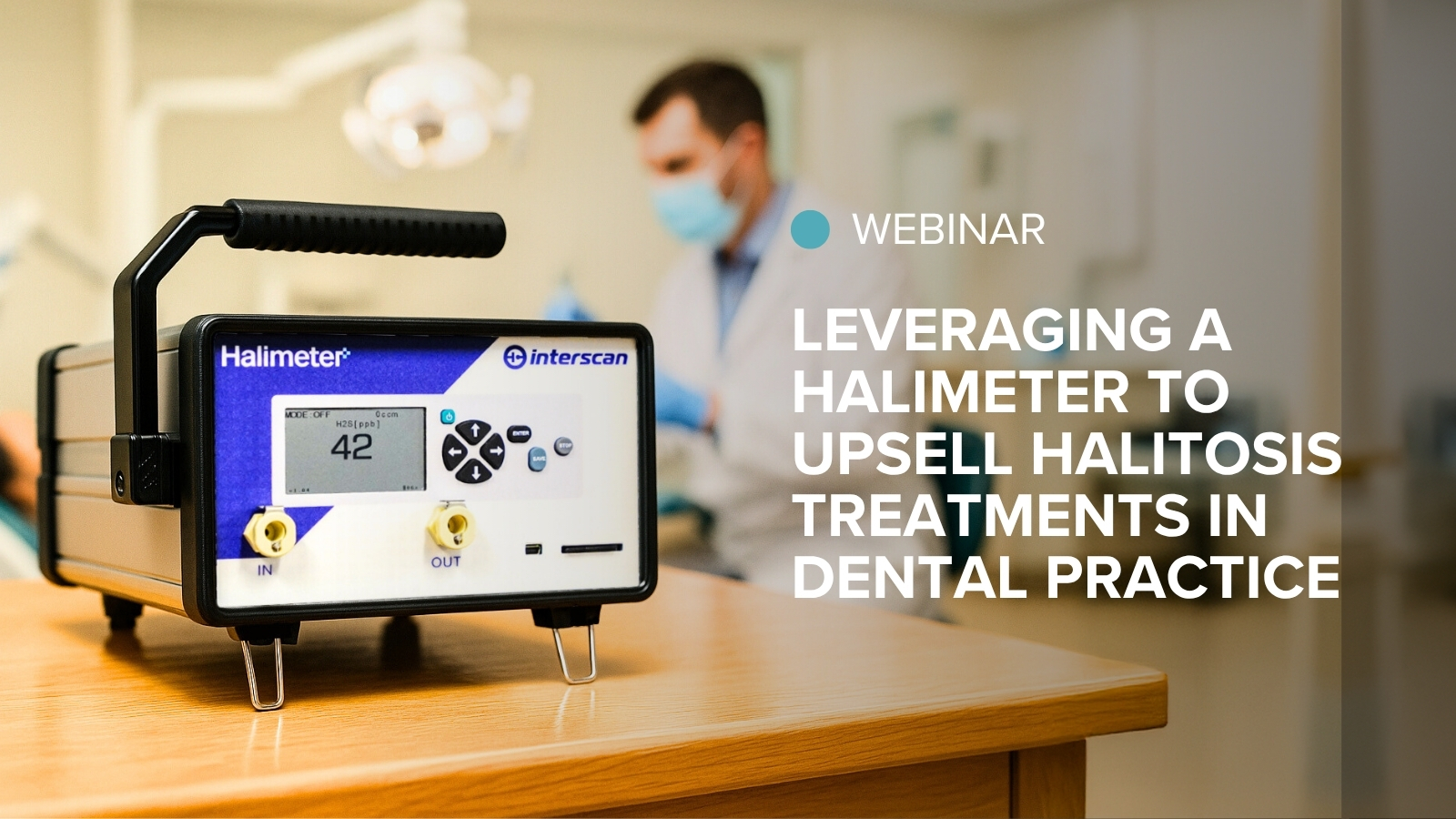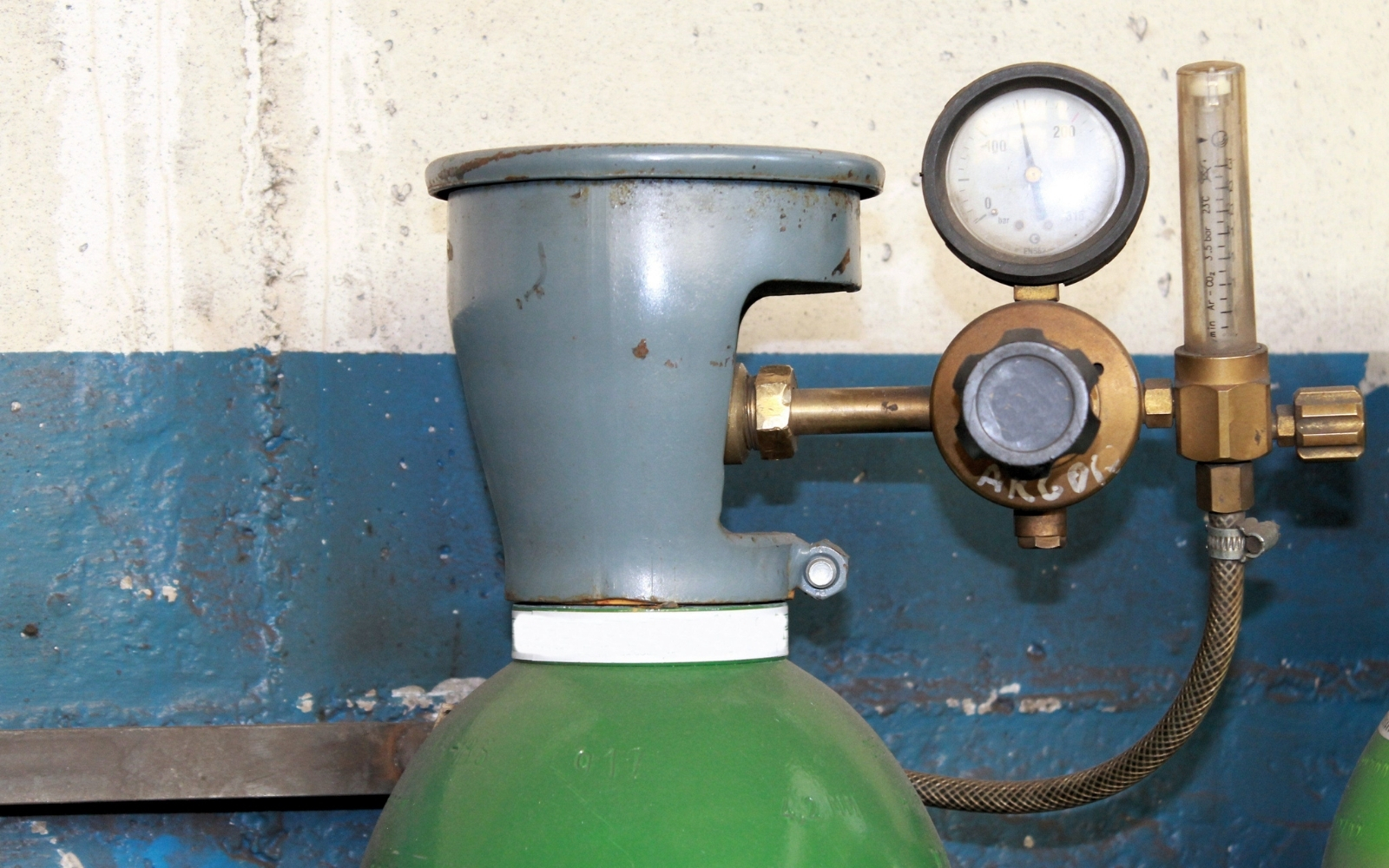Carbon Monoxide (CO) Detection
About Carbon Monoxide Detection
Carbon monoxide (CO)—also known as Carbonic oxide and Carbon(II) oxide—is used in a host of industries, for dozens of applications.
Some of the more common ones include fuel gas mixtures; chemical synthesis (organic acids, esters, alcohols, metal carbonyls); the reduction of ores; semiconductor manufacturing; and production of pharmaceuticals.
While a fairly large amount of CO is produced naturally, via photochemical reactions in the troposphere; volcanoes; and spontaneous forest fires; the most significant source affecting human health occurs from incomplete combustion of fuels. That is, insufficient oxygen is available to allow the reaction to complete to carbon dioxide.
Such incomplete combustion can occur in motor vehicles, power plants, and sundry industrial settings. Likewise, faulty heating systems and room space heaters can affect indoor occupancies, and are a hazard during cold weather.
Ranges We Detect For Carbon Monoxide
Sensor Range
Measurement Specifics
- Maximum Overload8000 ppm
- Resolution< 2 ppm
- Typical Baseline Range-8 ppm to 10 ppm
- Maximum Overload2000 ppm
- Resolution< 0.5 ppm
- Typical Baseline Range-2.0 ppm to 3.0 ppm
- Maximum Overload1000 ppm
- Resolution< 0.3 ppm
- Typical Baseline Range-2.0 ppm to 2.0 ppm
- Maximum Overload400 ppm
- Resolution< 0.1 ppm
- Typical Baseline Range-1.0 ppm to 1.0 ppm
Not sure what range you need?
We’re here to helpINDUSTRIES WE SERVE
Portable Gas Detection
GASD 8000
Portable Gas Detector
Elevate Safety Standards with the GasD® 8000 Portable Gas Monitor Read more... about GASD 8000
Fixed Gas Detection
AccuSafe
Fixed Point Gas Detection
Precision Gas Detectors Tailored to Your Facility Read more... about AccuSafe


